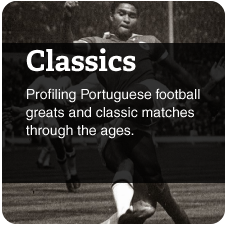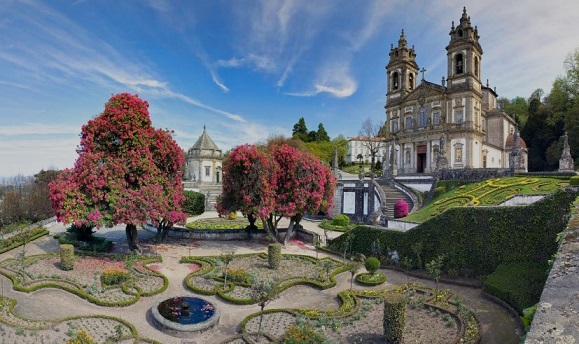 Few destinations can beat Braga for the football fan looking to combine a trip to a new stadium with a pleasurable tourist experience.
Few destinations can beat Braga for the football fan looking to combine a trip to a new stadium with a pleasurable tourist experience.
Sporting Clube de Braga’s famous ground, chiselled out of a former quarry, is a unique sporting venue and a stunning spectacle in itself, but the ancient city steeped in history also offers endless sights that will live long in the memory.
Located in the northwest of Portugal, Bracara Augusta was founded in 27 BC by the Romans and later became an important centre for the Catholic church. These two facets of its history have endowed an indelible legacy on Braga.
Walk through the pedestrianised historical centre and you will be taken aback by the gorgeous historical architecture at every turn.
This is where you will find the oldest cathedral in Portugal. The Sé de Braga was consecrated almost 1000 years ago and its modifications through the centuries have resulted in a mix of Romanesque, Gothic, Moorish, Manueline and Baroque styles.
The Igreja de Santa Cruz, Igreja do Hospital de São Marcos and Capela dos Coimbras are just three more examples of the beautiful religious architecture practically within a stone’s throw of one another.
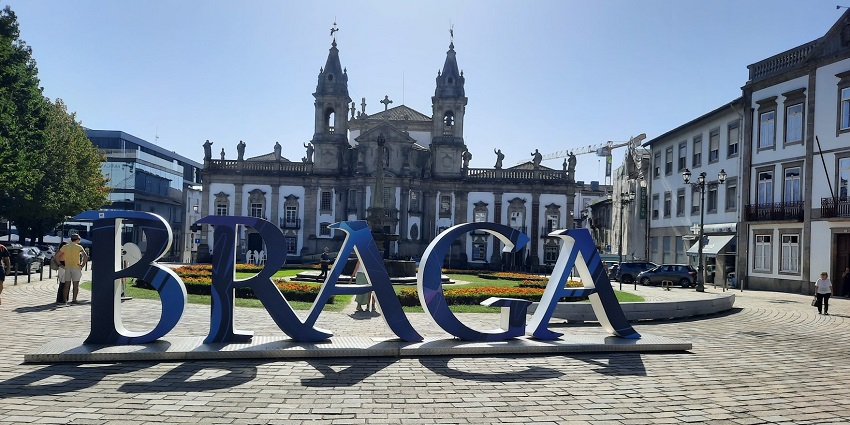
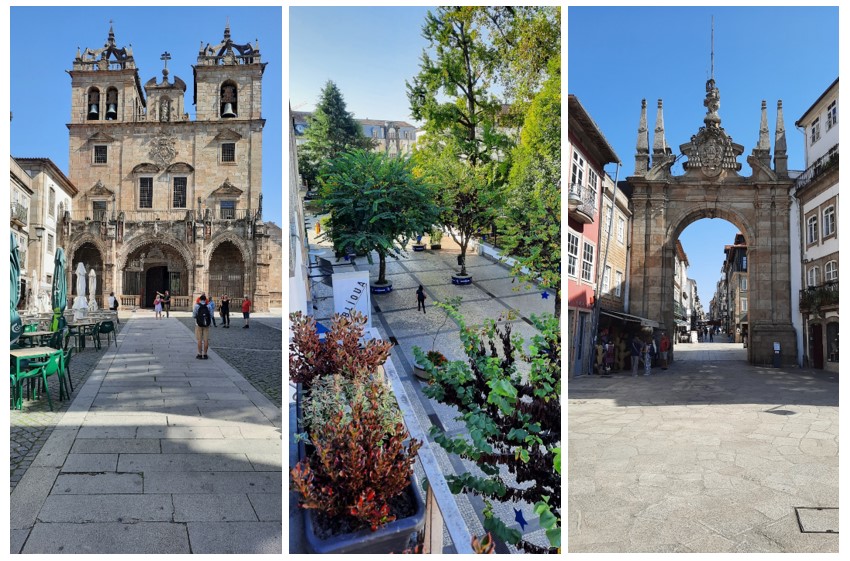
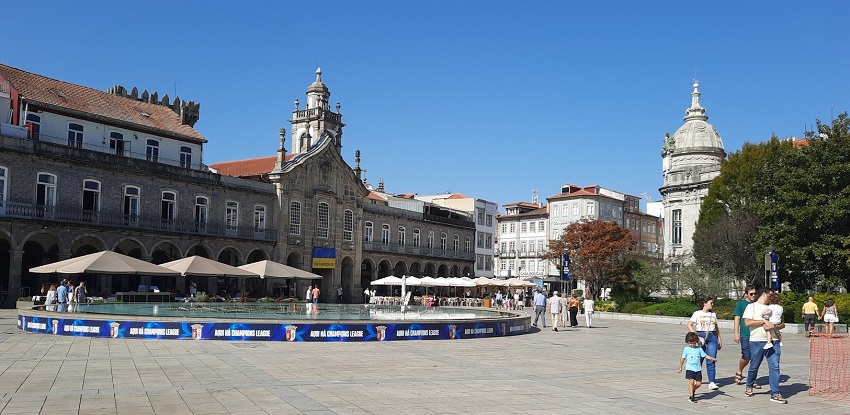
The striking blue-tiled walls of the nearby Palácio do Raio, the 16th-century archway leading into the old town and the colourful Jardim de Santa Bárbara, in front of the Archiepiscopal Palace of Braga, are also extremely easy on the eye.
These are just a smattering of suggestions in a confined and largely vehicle-free central zone of the city. A 25-minute round trip on the trundling street train is a good option for an overview of the main sights.
However, like so many of Portugal’s northern towns, you cannot go wrong simply strolling the pretty ruas that breathe centuries of history, stopping off for refreshment at one (or several) of the plentiful street cafés or sampling the local cuisine in a restaurant. And as you are in the capital of the Minho region, it is the perfect opportunity to accompany your meal with the delectable Vinho Verde the region is famous for. This inimitable young sparkling wine is world renowned for its distinctive and unique characteristics.
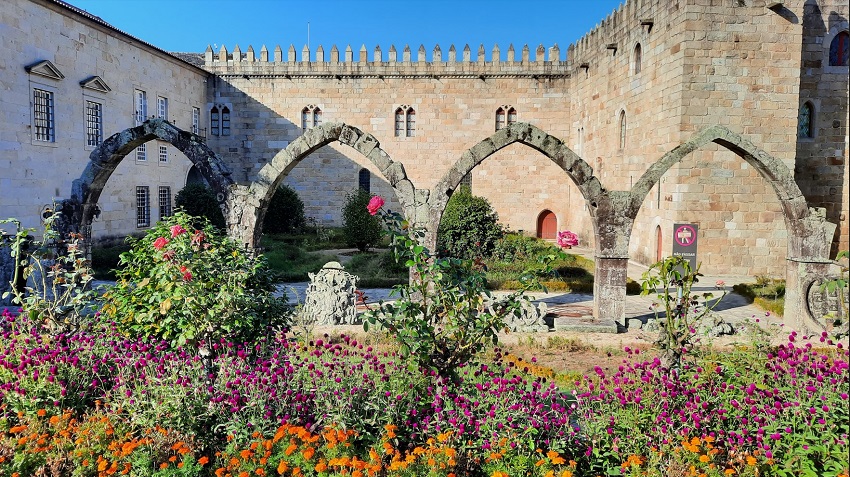
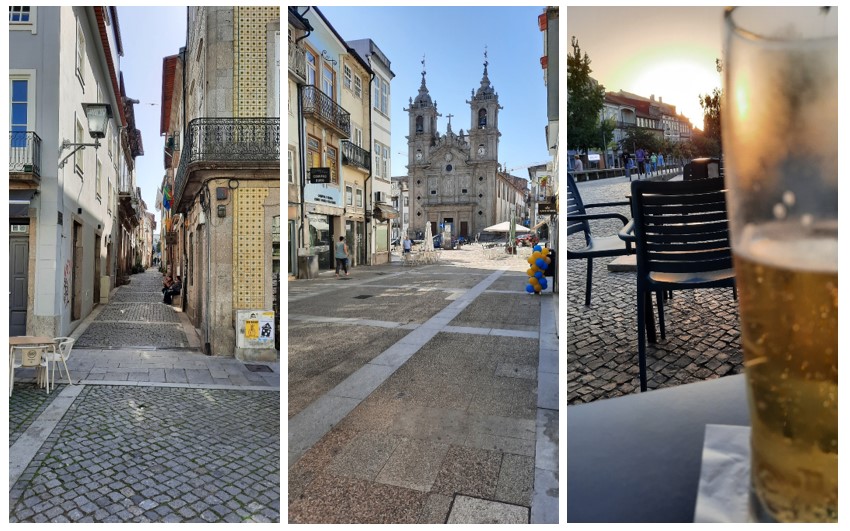
A short taxi ride out of town takes you to two more must-see sites of Braga, the hilltop shrines of the Santuário do Bom Jesus (pictured above in the introduction) and the Santuário de Nossa Senhora do Sameiro. There, you will find more outstanding religious constructions, harmoniously integrated into the lush green environs, with abundant beauty spots affording magnificent panoramas overlooking the city of Braga and the soothing landscapes of the verdant Minho region
Breathtaking stadium
As alluded to at the start of this article, a visit to the Estádio Municipal de Braga is a bucket-list essential for any groundhopping football fan.
Built 20 years ago as one of the host venues for the 2004 European Championship, this remarkable feat of engineering and its dazzling aesthetics earned its designer Eduardo Souto de Moura the Pritzker Prize, considered the Nobel Prize for architecture.
The pitch is straddled by two enormous symmetrical stands connected by dozens of steel strings forming a canopy-style roof, all in the same granite colour for a melodious integration into the stone surrounds of the former Monte de Castro quarry where it is situated. Neither goal-end houses any spectators. One has a striking backdrop carved from the sheer rock face, while the other provides an open view of the valley tumbling down into the Minho countryside.
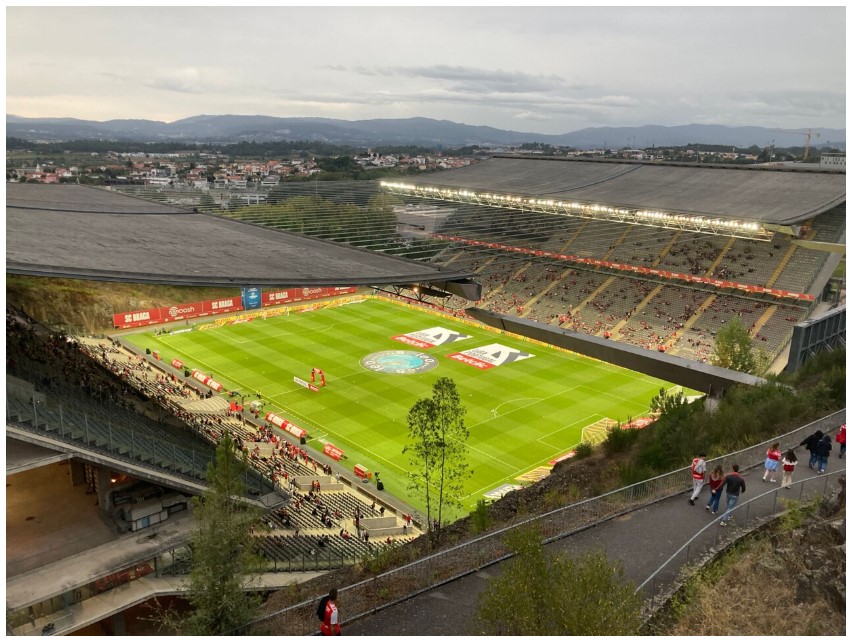
Portuguese journalist Rui Pedro Silva recently set himself a challenge of attending matches at all 18 of Portugal’s top-flight football teams in two months. This is what he had to say about Braga’s stadium.
The Sporting Braga stadium is even more beautiful than they say it is. It was my first time there and everything I’d seen and read about it since Euro 2004 did not prepare me for the breathtaking view when you begin descending the side of the quarry, still outside the ground. I stopped, my eyes agape, I took a photograph and thought, right there, right then, my challenge had been worth it.
It may not be the best location for the home fans, it may be a little distant for the local population, but for an occasional supporter, as was my case, that shock of stadium and landscape, at sunset, won me over. No other moment in any of the other 17 stadiums during this adventure even came close to that instant.
Quite apart from the remarkable arena, the team of Sporting Clube de Braga has offered rich entertainment and high-quality football as it increasingly consolidates its position as one of Portugal’s elite clubs. Some go so far as to say the traditional “Big Three” of Benfica, Porto and Sporting should be enlarged to the “Big Four” to include Braga given the team’s unremitting growth over the past two decades.
Having recently watched a match in loco at the same time of day as Rui Silva, catching the twilight hours, I can vouch that taking in a game in these circumstances at the Quarry is indeed an incomparable experience that every football fan should savour.
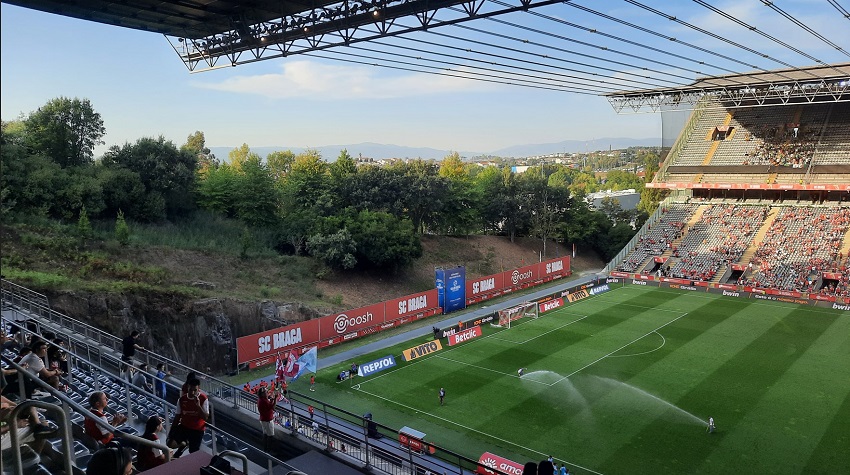
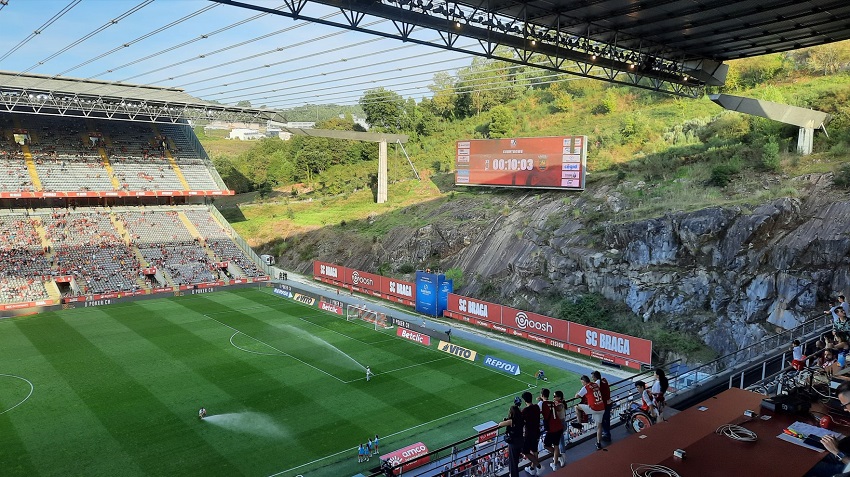
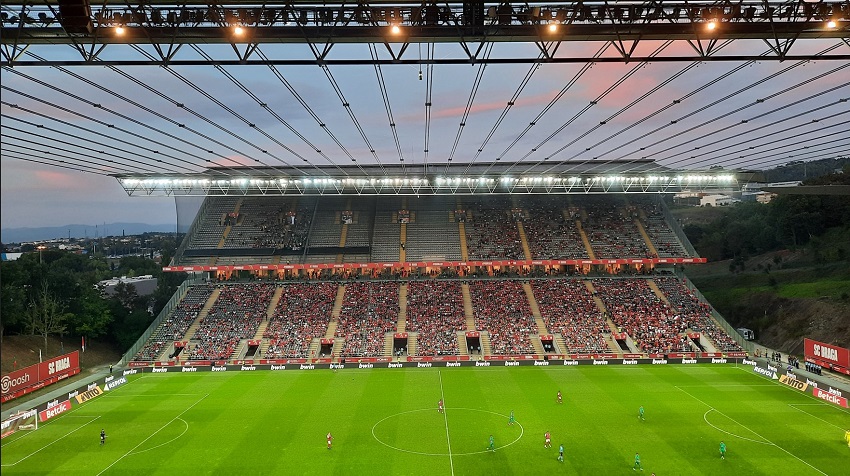
This is the briefest of guides to give you a flavour of Portugal’s oldest city, but Braga and the surrounding area has an abundance of other attractions to suit every profile of visitor. Museums, cultural events, festivals, nightlife, nature trails, river beaches… Braga has it all.
How to get there
Braga is well served by transport links. Porto airport is just 40 km away with cheap, frequent and fast bus trips connecting the airport to Braga (at the time of writing tickets were priced at around €4, departing every hour, 30 minutes’ travelling time).
By car or coach the city has no fewer than five motorways leading to it from all directions, making it easily accessible by road, and the train station links Braga to all major locations in Portugal. It takes around three and a half hours to travel from Lisbon to Braga by road or rail.
By Tom Kundert



